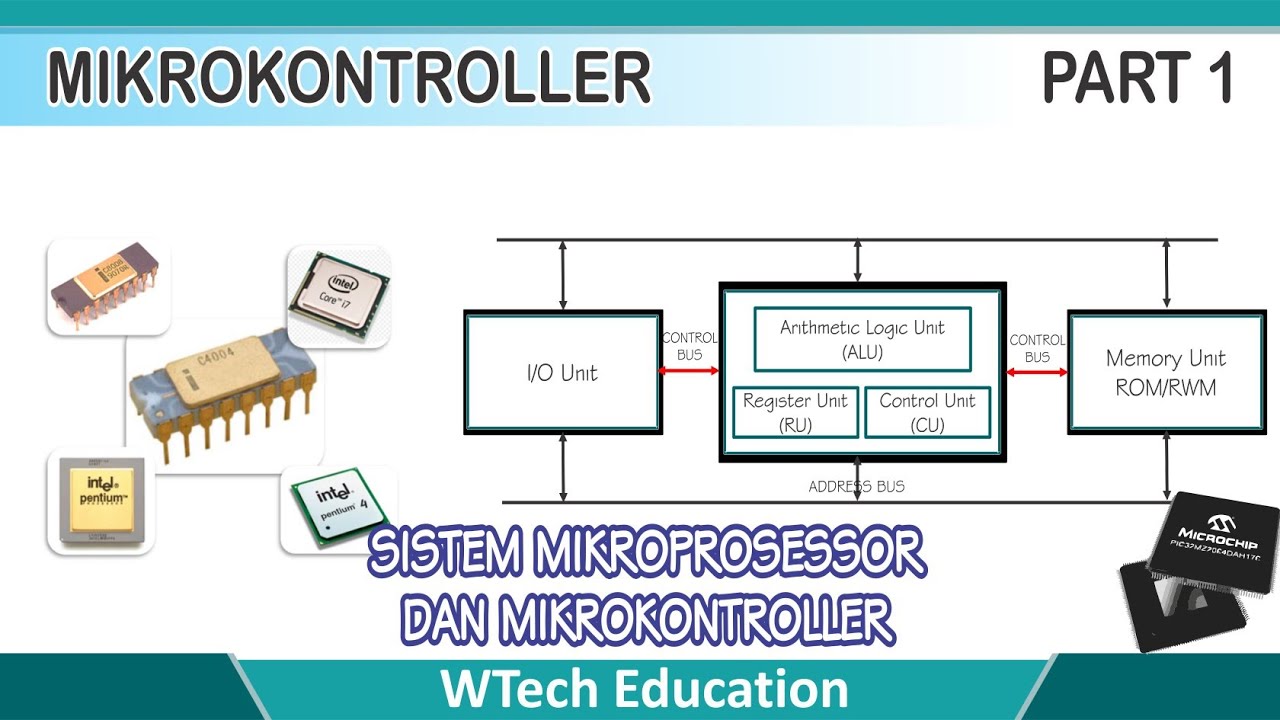ECL Logic Explained | ECL OR and NOR gate explained
Summary
TLDRThis video provides an in-depth introduction to Emitter Coupled Logic (ECL), covering its basic principles, advantages, and key applications. The presenter explains how ECL logic gates work, emphasizing the use of current steering and the importance of maintaining separate grounds for minimizing interference in the circuit. It also highlights how these designs contribute to fast switching times and low power consumption in high-speed applications. The video concludes by encouraging viewer interaction through comments, likes, and subscriptions for more content.
Takeaways
- 😀 ECL (Emitter Coupled Logic) operates on a differential input principle, using two transistors to create a faster switching process.
- 😀 ECL is known for its high-speed operation, making it suitable for applications requiring fast logic circuits, such as in telecommunications and computing.
- 😀 ECL circuits consume more power than other logic families, particularly because they work with constant current sources.
- 😀 The key advantage of ECL is its speed, which is achieved through the use of differential pairs instead of single-ended logic signals.
- 😀 ECL operates with a negative supply voltage (often -5V), which contributes to its faster switching times.
- 😀 The basic ECL gate structure involves using an active load and differential inputs to produce the desired output signals.
- 😀 The ECL logic family uses a separate ground for the current steering circuit and the voltage reference generation circuit to minimize interference.
- 😀 Internally, ECL circuits maintain isolated grounds to ensure stable operation and prevent noise or interference from affecting the logic gates.
- 😀 When connecting the circuit externally, all grounds are ultimately joined, but internal separation is crucial for optimal performance.
- 😀 ECL's high-speed and precision make it ideal for applications where timing is critical, such as in high-performance digital systems and communication equipment.
- 😀 The speaker encourages viewers to engage by asking questions or leaving suggestions and invites them to subscribe for more informative content.
Q & A
What is Emitter-Coupled Logic (ECL)?
-Emitter-Coupled Logic (ECL) is a high-speed digital logic family that operates with differential signals. It uses transistors to achieve faster switching speeds by maintaining a constant current through the transistors, which leads to a minimal propagation delay.
Why is ECL considered a high-speed logic family?
-ECL is considered high-speed because it operates with differential signals and maintains a constant current through the transistors, which reduces switching time and ensures faster operation compared to other logic families.
What are the main advantages of ECL logic?
-The main advantages of ECL logic include its fast switching speeds, low propagation delay, and ability to drive large loads without significant degradation in signal quality.
How does ECL logic minimize interference between different parts of the circuit?
-ECL minimizes interference by using separate grounds for different sections of the circuit. Although externally all grounds are connected, internal grounds are kept separate to prevent cross-coupling of signals and reduce noise.
What is the significance of using separate grounds in ECL circuits?
-Separate grounds are used in ECL circuits to ensure that different sections of the circuit do not interfere with each other. This helps in maintaining the integrity of signals and preventing noise or instability in the output.
Why is the current steering important in ECL design?
-Current steering in ECL design is important because it allows the circuit to manage the flow of current through the transistors more efficiently, ensuring proper switching behavior and high-speed operation.
How does the design of ECL gates help in achieving stable reference voltages?
-The design of ECL gates ensures stable reference voltages by maintaining a stable current source. This is done by separating the current-steering circuit and the reference voltage generation circuit, which reduces interference and ensures that the reference voltage remains stable.
What role does differential signaling play in ECL circuits?
-Differential signaling plays a crucial role in ECL circuits by ensuring that signals are transmitted with reduced susceptibility to noise. It enhances the speed and reliability of signal transitions, contributing to the high-performance nature of ECL logic.
In what applications is ECL logic commonly used?
-ECL logic is commonly used in high-speed applications such as telecommunications, signal processing, and data transfer systems where low propagation delay and fast switching speeds are critical.
How does the separation of grounds in ECL circuits impact their external connections?
-While the internal grounds in ECL circuits are separated to minimize interference, externally, they are all connected to a common ground. This ensures that the circuit works properly when integrated with external systems, while maintaining internal isolation to reduce noise.
Outlines

This section is available to paid users only. Please upgrade to access this part.
Upgrade NowMindmap

This section is available to paid users only. Please upgrade to access this part.
Upgrade NowKeywords

This section is available to paid users only. Please upgrade to access this part.
Upgrade NowHighlights

This section is available to paid users only. Please upgrade to access this part.
Upgrade NowTranscripts

This section is available to paid users only. Please upgrade to access this part.
Upgrade Now5.0 / 5 (0 votes)





